Having a well-stocked first aid kit is all about being prepared for unexpected emergencies that may arise. Whether at home, on a camping trip, or even on a family hike, having a comprehensive first aid kit can make a difference in providing immediate assistance when needed. By being prepared and having the necessary supplies readily available, you can effectively handle minor injuries and potentially save lives in emergencies.
First Aid Risk Analysis
Conducting a thorough First Aid Risk Analysis is crucial to identify potential risks and injuries that may occur in various scenarios. By carefully assessing the activities and environments where the first aid kit will be used, you can tailor it to specific needs and ensure that it contains the items to address potential emergencies.
When assembling your first aid kit, it is important to consider the specific activities and environments where it will be utilised. For example, if you frequently go camping or hiking, you may want to include items such as adhesive bandages and medications for pain relief and inflammation (such as aspirin or ibuprofen). You may also want to include objects for treating sprains or cuts that may occur in the outdoors. Conversely, if you primarily intend to use the kit at home, you may want to focus on including items that are helpful for common injuries that can happen around the house, such as scrapes or burns.
Regardless of the specific scenarios, it is essential to regularly check and replace any expired medical supplies in your first aid kit. Also, ensure that the kit is stored in a readily accessible location, and consider including emergency phone numbers and any personal items that may be necessary for your family’s specific needs. By taking the time to tailor your first aid kit to your unique circumstances, you can be better prepared to handle potential injuries and emergencies that may arise.
Adhesive Dressings
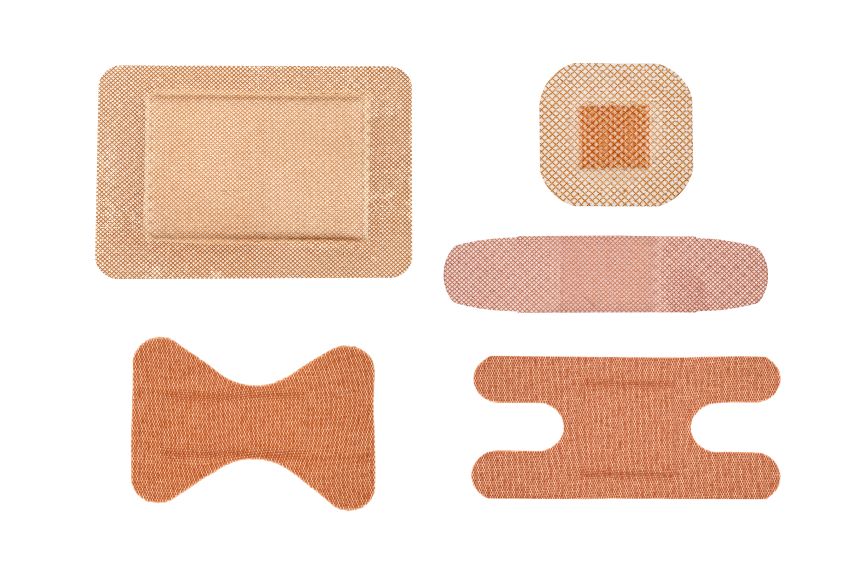
Adhesive dressings play a crucial role in wound care by providing a protective barrier that helps prevent infection and promotes healing. These dressings are designed to adhere securely to the skin, creating a seal that keeps out dirt, bacteria and other contaminants. They are commonly used for minor scratches, scrapes and burns, as well as post-surgical wounds.
There are various types of adhesive dressings available, each with its unique features and uses. For instance, transparent film dressings are ideal for shallow injuries as they allow for easy monitoring of the healing process. They are also waterproof, making them suitable for the shower or during water-based activities. Conversely, foam dressings are highly absorbent and are often used for injuries with moderate to heavy exudate (fluid discharge). They provide cushioning and help maintain a moist wound environment, which is essential for optimal healing.
For selecting adhesive dressings for your first aid kit, there are a few factors to consider. Firstly, it’s important to regularly check the expiration dates of the dressings in your kit to ensure their effectiveness. Expired dressings may lose their adhesive properties or become less sterile, compromising their ability to protect wounds.
It’s helpful to have a variety of dressings in your kit to cater to different types of injuries. For example, having a mix of transparent film dressings, foam dressings, and non-stick dressings can ensure that you are prepared for various wound types and levels of exudate. It’s also helpful to consider the activities you and your family engage in regularly. If you enjoy outdoor activities like camping or hiking, having waterproof dressings in your kit can be particularly beneficial.
Lastly, it’s worth noting that adhesive dressings should be applied to clean, dry skin for optimal adhesion. If the wound is bleeding, it’s important to apply pressure to stop the bleeding before putting on the dressing. If you’re unsure about the severity of an injury or how to properly dress a wound, it’s always best to seek medical advice. Remember, having the right adhesive dressings in your first aid kit can make a significant difference in promoting proper wound healing and preventing complications.
Antiseptic Wipes
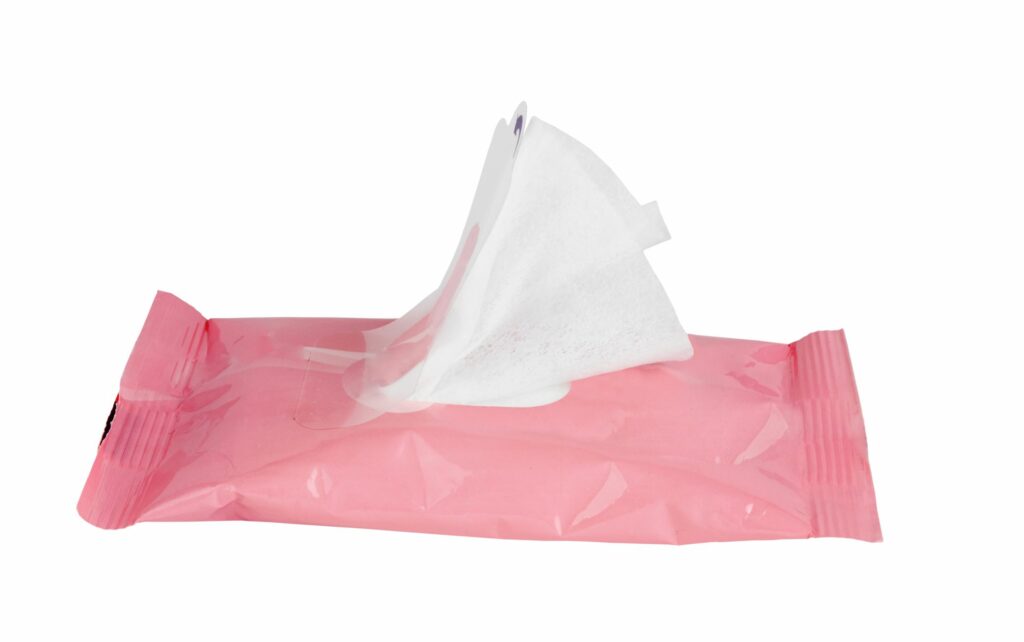
Ensuring that injuries are kept clean is of utmost importance for promoting proper healing and preventing infections. When a wound is not properly cleaned, it becomes susceptible to bacteria and other harmful microorganisms that can lead to infections. These infections can further complicate the healing process and cause additional pain and discomfort.
To maintain clean wounds, it is essential to gently wash the affected area with mild soap and water. This helps to remove any dirt, debris or bacteria that may be present on the skin’s surface. It is also important to avoid touching the wound with dirty hands or any other contaminated objects. By doing so, you can minimise the risk of introducing harmful bacteria into the wound.
Antiseptic wipes play a vital role in preventing infections and promoting wound healing. These wipes are specifically designed to kill or inhibit the growth of bacteria, viruses and other microorganisms that can cause infections. By using antiseptic wipes, you can effectively cleanse the wound and reduce the risk of infection.
When using antiseptic wipes, it is helpful to follow the proper procedure. First, carefully remove the wipe from its packaging, ensuring that it remains sterile. Gently wipe the affected area, making sure to cover the entire wound. This helps to eliminate any bacteria that may be present on the skin’s surface, allowing the area to air dry or pat it gently with a clean, sterile cloth.
By incorporating antiseptic wipes into your first aid routine, you can provide an additional layer of protection against infections. These wipes are particularly beneficial in emergencies, such as camping or hiking trips, where access to clean water and soap may be limited. Remember to regularly check the expiration date of your antiseptic wipes and substitute them as needed to ensure their effectiveness.
Bandages
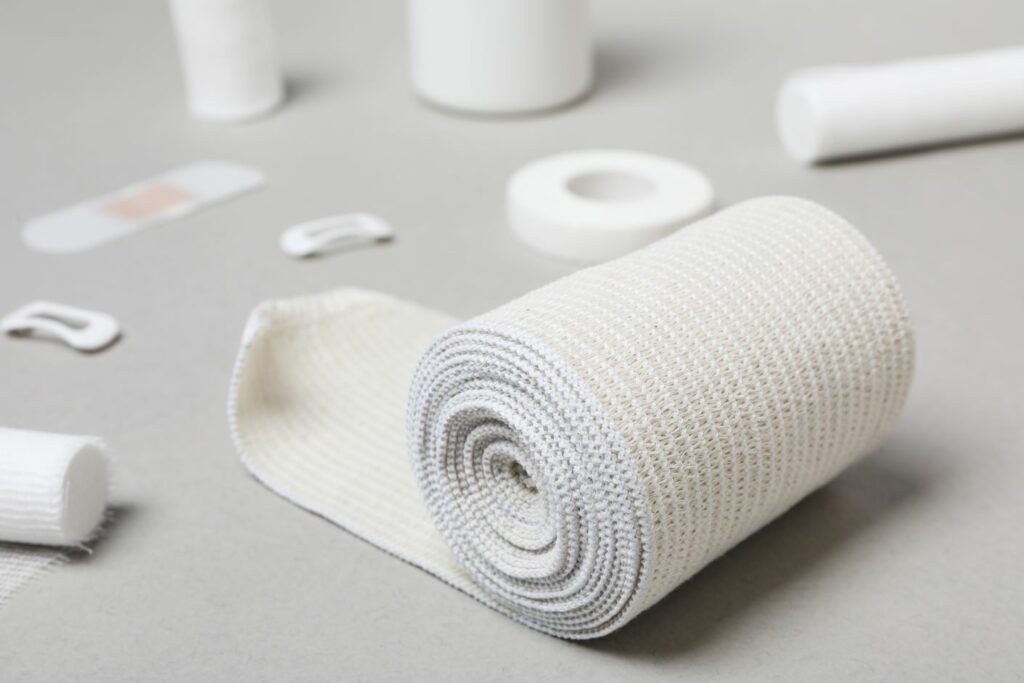
Bandages come in a wide range of types, each serving a specific purpose. From adhesive strips to gauze pads, there are various options to cater to different needs. Adhesive strips, commonly known as band-aids, are perfect for minor cuts and scrapes. They provide a protective barrier and help prevent infection. Conversely, gauze pads are ideal for larger injuries, as they offer better coverage and absorbency. They can be secured with medical tape or elastic dressings to keep them in place.
Having bandages in various sizes and shapes is crucial for effective wound care. Different injuries require different bandage sizes to ensure proper coverage and protection. For instance, a minor cut on your finger may only need a small band-aid, while a deep gash on your leg might require a larger gauze pad and elastic bandage. By having a variety of dressings readily available, you can easily address different types of injuries and provide the appropriate level of care.
To apply plasters effectively, there are a few tips to keep in mind. Firstly, it’s important to clean the wound thoroughly before applying any bandage. This helps reduce the risk of infection. Secondly, make sure the bandage is applied snugly but not too tight. It should provide enough pressure to control bleeding but still allow for proper circulation. Regularly changing the bandage and keeping the wound clean and dry will also promote faster healing. Lastly, always check the expiration dates on your plasters and replace them as needed to ensure their effectiveness. Remember, having a well-stocked first aid kit with a variety of dressings is essential for handling unexpected injuries, whether at home, in the car, or on the go.
CPR Breathing Mask
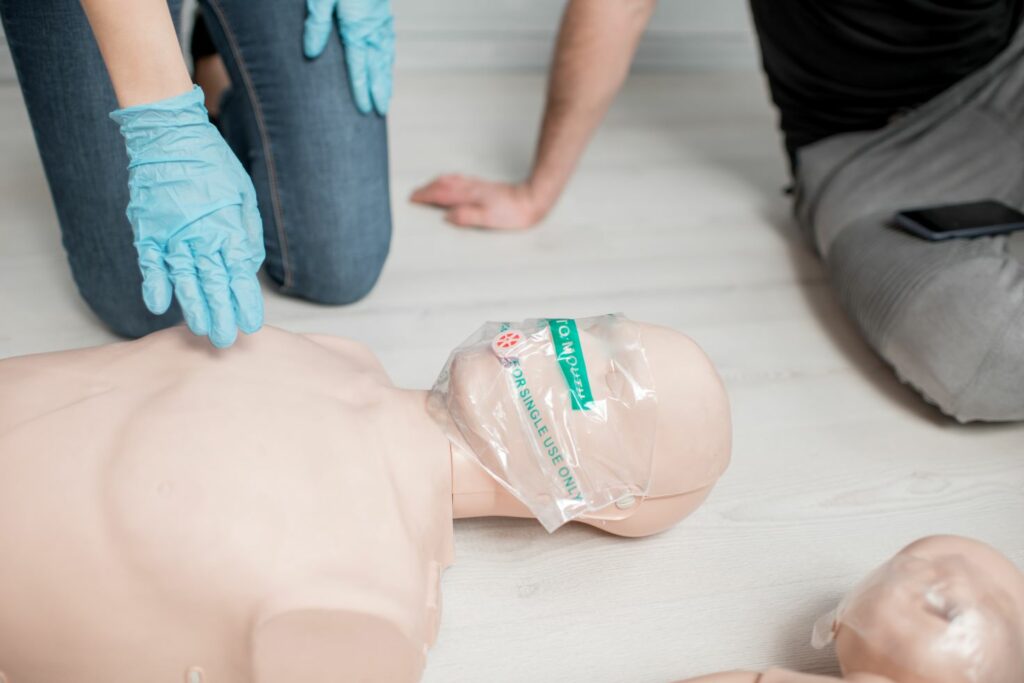
CPR stands for cardiopulmonary resuscitation and involves a combination of chest compressions and rescue breaths to maintain blood circulation and oxygen supply to the brain. One important tool in performing CPR is a CPR breathing mask. This mask is designed to provide a barrier between the rescuer and the person in need, ensuring safe and effective rescue breaths.
Knowing how to use a CPR breathing mask correctly is essential for anyone who may find themselves in an emergency. Firstly, it is important to have a CPR breathing mask as part of your first aid kit. These kits are readily available and can be purchased online or at your local store. It is recommended to check and restock your first aid kit regularly to ensure that all the necessary items, including the CPR breathing mask, are in acceptable condition and ready to use.
When using a CPR breathing mask, the first thing to do is to ensure the safety of the area and the person in need. Assess the situation and call for emergency assistance if required. Open the packaging of the CPR breathing mask and carefully remove it, making sure not to touch the inside of the mask. Place the mask over the person’s mouth and nose, ensuring a tight seal. Begin rescue breaths by blowing into the one-way valve of the mask, allowing the chest to rise with each breath. Remember to continue with chest compressions as well, following the recommended ratio of compressions to breaths.
Gauze Pads
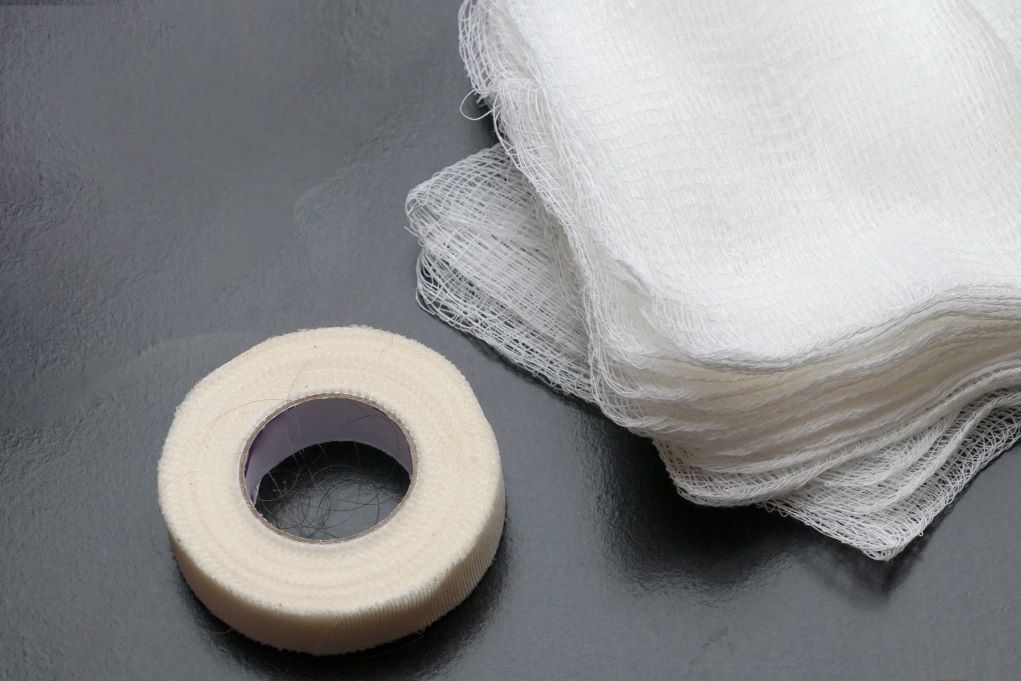
Gauze pads are incredibly versatile for wound care. They can be used in a variety of situations and are available in different sizes and types. Whether you have a minor cut or a larger wound, gauze pads are a must-have in your first aid kit. They are designed to absorb blood and other fluids, helping to keep the wound clean and promote healing.
For using gauze pads, it’s important to know the proper techniques. For smaller cuts or scrapes, you can simply clean the wound with an antiseptic solution and then apply a gauze pad to cover it. Make sure to secure the pad in place with medical tape or a bandage. In more serious situations, such as deep lacerations or burns, it’s best to seek medical attention. However, in the meantime, you can use gauze pads to apply pressure to the wound and control bleeding. Remember to change the gauze pads regularly to prevent infection and promote healing.
Hand Wash and Non-Latex Gloves

Proper hygiene is crucial in first aid procedures to prevent the spread of germs and infections. Clean hands are essential when dealing with injuries or providing medical assistance. Wash your hands thoroughly with soap and water before and after administering first aid to reduce the risk of introducing harmful bacteria or viruses into the wound.
Use non-latex gloves in first aid to prevent cross-contamination and protect against allergic reactions. These gloves act as a barrier between your hands and the injured person, minimizing the chances of transmitting pathogens. Choose gloves that fit well and provide adequate dexterity for easy tasks while maintaining hygiene.
When assembling your first aid kit, include a gentle yet effective hand wash with antimicrobial properties. Select gloves suitable for the type of injuries you may encounter, such as sterile gloves for scrapes and injuries or non-sterile gloves for situations where contamination is a concern.
Additional Essential Items
Scissors are crucial for cutting bandages and clothing in emergencies, while microfiber tapes provide secure and gentle wound dressings.
Thermal or foil blankets are designed to retain body heat and prevent hypothermia, making them invaluable for treating shock or exposure.
A thermometer allows you to monitor body temperature, aiding in the assessment of fever or hypothermia.
Tweezers are handy for removing splinters or foreign objects from the skin, ensuring proper wound care.
By incorporating these additional items, your first aid kit becomes more versatile and equipped to handle a wider range of emergencies.
Final Thoughts
Having a well-stocked DIY first aid kit is essential for being prepared for unexpected emergencies. By conducting a thorough First Aid Risk Analysis and tailoring the equipment to specific needs, you can effectively handle minor injuries and potentially save lives.
It is important to regularly check and replace expired supplies, consider the specific activities and environments where the equipment will be used, and include items such as adhesive dressings, antiseptic wipes, bandages, a CPR breathing mask, gauze pads, hand wash, non-latex gloves, scissors, microfiber tapes, thermal or foil blankets, a thermometer and tweezers to ensure you are prepared for various types of injuries and emergencies.







